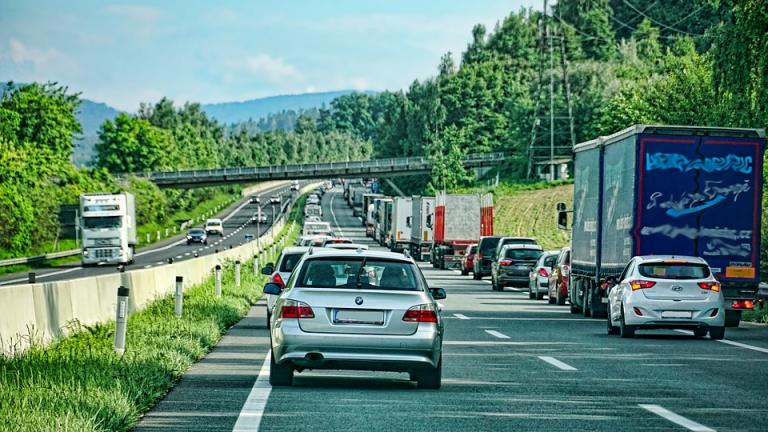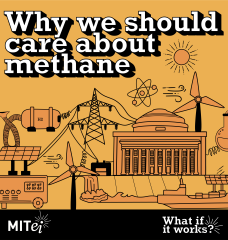
Can we, and should we, refurbish older, gas powered vehicles to make them more energy efficient and lower their carbon footprint?
Aging commercial vehicles, including cars, vans, and delivery trucks, are a huge contributor to carbon emissions. Ideally, we would no longer use these aging commercial vehicles. Realistically though, we still need them, and we will likely continue to rely on their utility.
The question then becomes whether there is a way to include these vehicles as we continue to transition into a greener future transportation system. Many businesses and consumers continue to use, or choose to purchase used, gas-consuming trucks and cars as a cheaper alternative to expensive new vehicles, including electric drive models that still have some up-front, purchase premium.
Bill Ferree and his team, winners of the 2018 Climate CoLab Transportation contest, have proposed a battery electric drive “retrofit protocol” for commercial vehicles. This protocol will allow battery-electric drive trains to be installed into older vehicles, and also allow those vehicles to operate normally, yet more sustainably. Rather than replacing the entire vehicle, a new battery can be installed that doesn’t require fossil fuel usage.
This project entails a series of data gathering, analysis, and tests on a representative vehicle. For a “representative vehicle”, they are looking for candidates that are in wide use, have sufficient load carrying capacity-- to accommodate some additional weight for the battery installation-- and serve a mission that is compatible with the battery drive’s inherent range limitations. How easy or challenging it is to install the battery in a specific vehicle type is also important. Additionally, the ideal vehicle will have an expected lifespan that is long enough to make the decision to swap out the old fuel burning engine a pragmatic one for the owner. Ferree explains: “The proposal targets business (commercial) vehicle users. Vehicles with predictable and modest range requirements present especially good opportunities. Battery size for the drive motor energy can be relatively small, and charging can be easily scheduled during any down time during a normal 24-hour cycle.” After finding a suitable, representative vehicle, the team will draft an installation and operating manual for installing and using the new electric battery. The physical installation itself, Ferree anticipates, will be carried out by a group in an electrical engineering department at a college, or another facility with mechanical capacity.
Ferree and his team see the potential for partnerships with many institutions, including universities, technical colleges, private sector companies, or a city/governmental jurisdiction interested in CO2 reduction. These partner organizations can implement the battery transition process, and help document the process and results. He highlights the Climate CoLab win as giving this project inertia, stating: “The best benefit so far has been the recognition by the panel of judges that this is a viable idea, and if it can move beyond the idea stage it will have substantial benefits for society.”
Ferree anticipates some backlash against this protocol, including concerns about the cost of this vehicle transition. Ferree comments: “Consumers don’t do the numbers, calculate how much they spend for fuel, and compare it with how much less they would spend if powering with electricity. Driving on gasoline costs $1,500 a year for a typical compact car driver and double that if it’s a big SUV. Driving the same miles on electricity will cost about a third or a fourth as much.” Ferree adds that many consumers don’t make realistic assumptions about how much they travel, stating “people mistakenly think they need a tank that can take them 400 miles.” In short, electrically powered vehicles have the capacity to save both resources and money in the long run.
Given transportation’s exorbitant contribution to CO2 emissions, the urgency of transitioning to greener technology cannot be understated. Ferree points out that “a large chunk of the 13 million commercial vehicles on the roads in the United States are candidates for this technology. Swapping out their fossil fuel engines will produce a major reduction in CO2.” He’s excited by the Climate CoLab win, saying “The proposal is a continuation of my personal mission to do what I can to accelerate the transition away from fossil fuel.”





